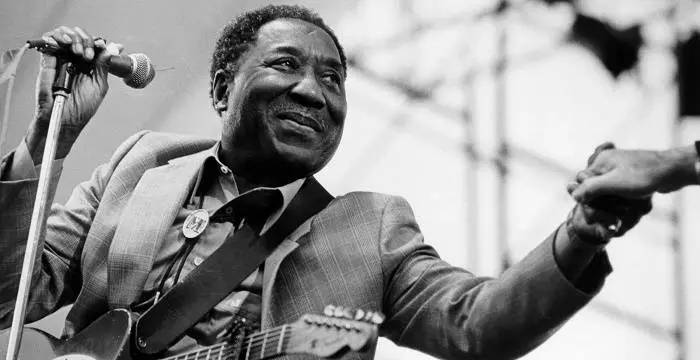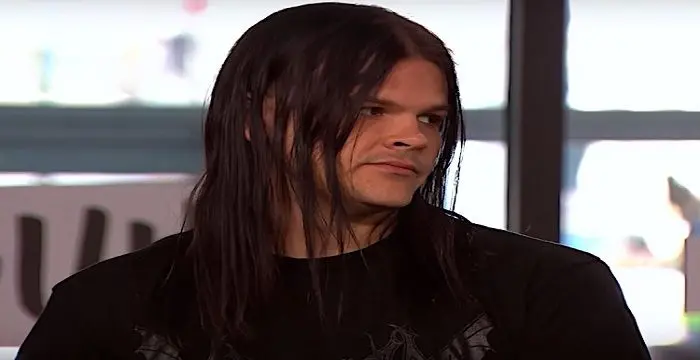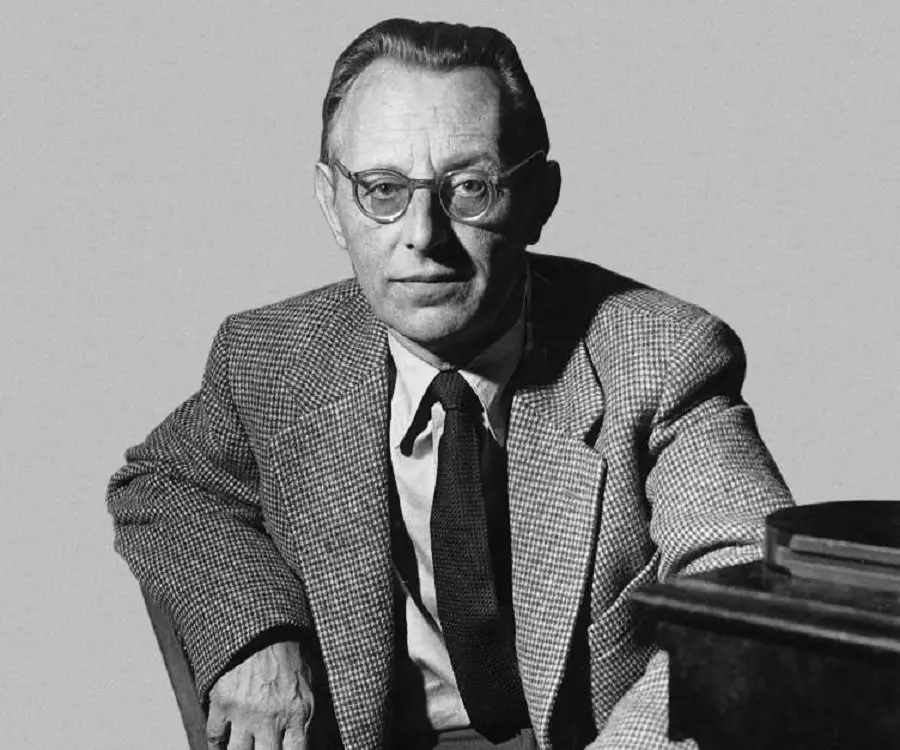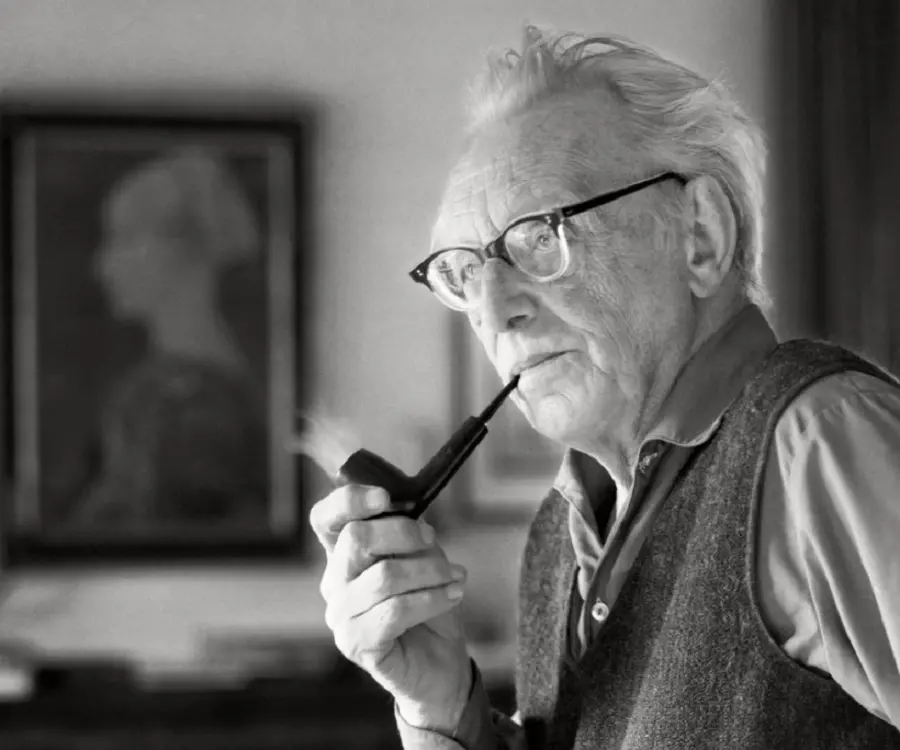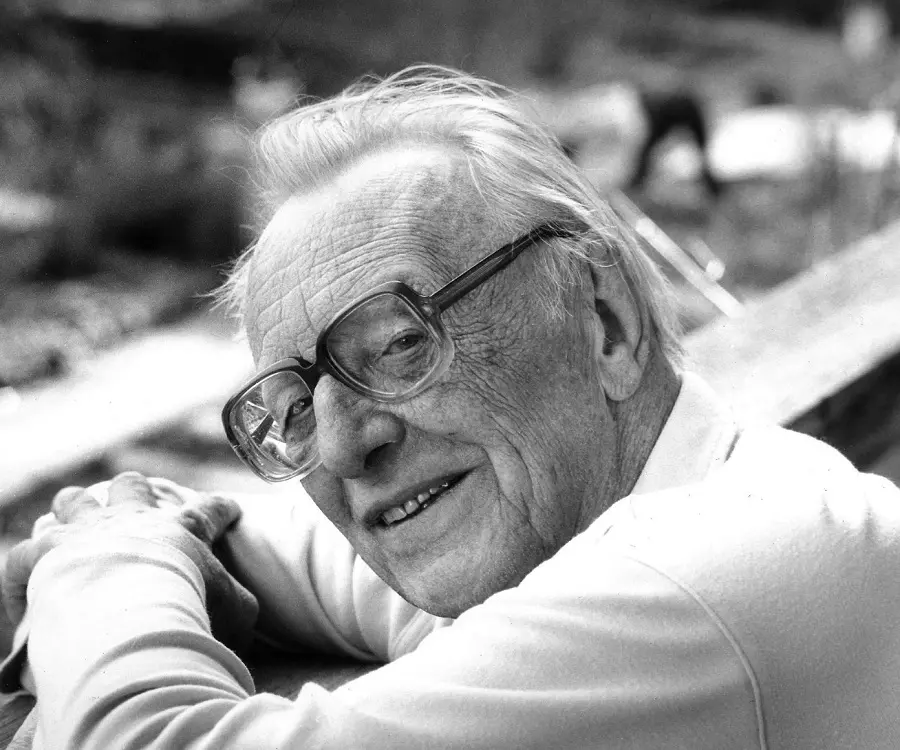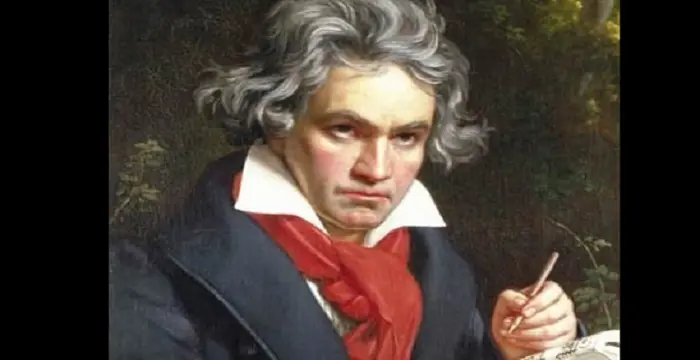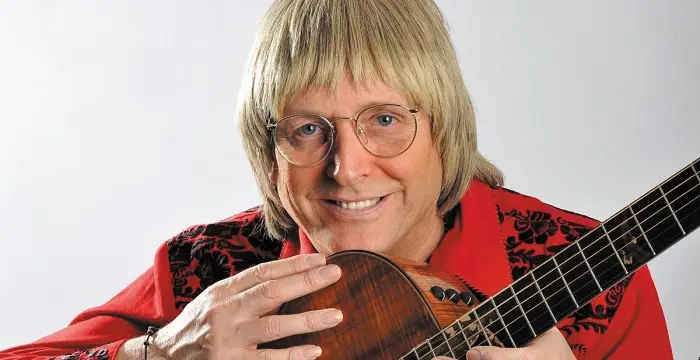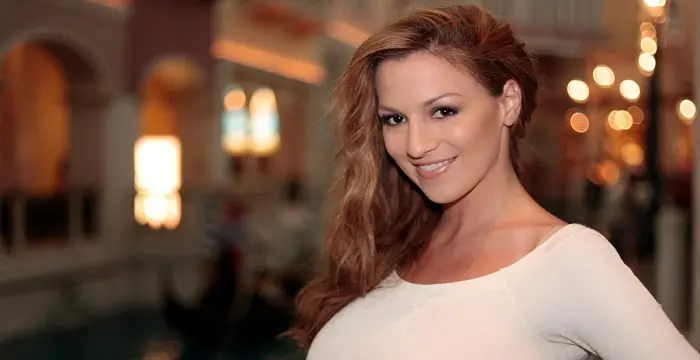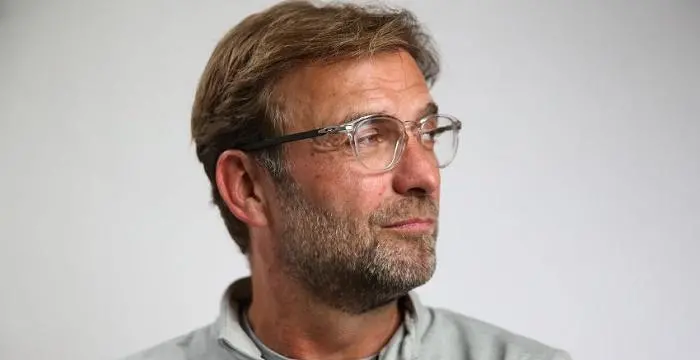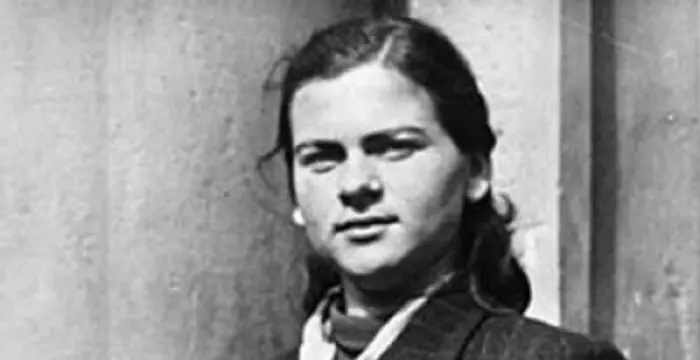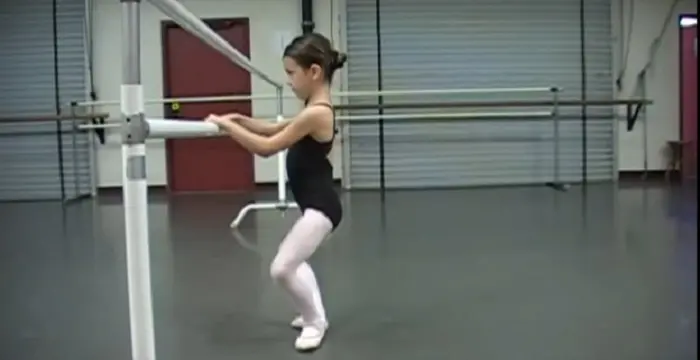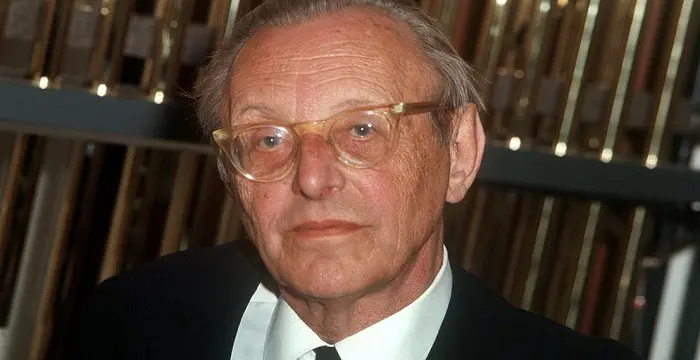
Carl Orff - Musicians, Birthday and Childhood
Carl Orff's Personal Details
Carl Orff was a legendary German composer best known for his operas and dramatic works
| Information | Detail |
|---|---|
| Birthday | July 10, 1895 |
| Died on | March 29, 1982 |
| Nationality | German |
| Famous | Musicians, Composers |
| Spouses | Alice Solscher (m. 1920), div. 1925), div. 1953), div. 1959), Gertrud Willert (m. 1939), Liselotte Schmitz (m. 1960), Luise Rinser (m. 1954) |
| Birth Place | Munich |
| Gender | Male |
| Sun Sign | Cancer |
| Born in | Munich |
| Famous as | Composer |
| Died at Age | 86 |
// Famous Musicians
Ted Nugent
Ted Nugent is a hard rock musician known for his hits ‘Stranglehold’ and ‘Cat Scratch Fever’. This biography of Ted Nugent provides detailed information about his childhood, life, achievements, works & timeline.
Muddy Waters
Muddy Waters was a blues musician referred to as the 'father of modern Chicago blues.' Check out this biography to know about his childhood, family life, achievements and fun facts about him.
Travis Bacon
Travis Bacon is an American musician and actor, better known as the son of veteran actors Kevin Bacon and Kyra Sedgwick. Find more about his family, birthday, etc.
Carl Orff's photo
Who is Carl Orff?
Carl Heinrich Maria Orff was a German composer remembered as much for his dramatic works and operas as for his innovations in music education. Born into a musically oriented family that also had a long tradition of military services, he grew up witnessing a lot of music making at home and began to show his musical aptitude early in his childhood. Recognizing his talent, his mother started teaching him piano from the age of five. Thereafter, he started having his lessons in cello from the age of seven and organ from the age of twelve. Soon he began to try his hand at composition and published his first work when he was around sixteen. At twenty, he graduated from the Academy of Music, Munich, and thereafter began experimenting with music, finally experiencing financial success with ‘Carmina Burana’ at the age of forty-two. Setting up the Günther School was another milestone in his career. The ‘Schulwerk’ he produced for the pupils of the school has now become a model for music education all over the world.
// Famous Composers
Ludwig van Beethoven
Ludwig Van Beethoven was one of the greatest composers the world has ever had. Check out this biography to know about his childhood, family life, and achievements.
Emina Jahović
Emina Jahović Sandal is a Serbian model, actress and singer-songwriter. Know more about her childhood, life, career, achievements and timeline in this biography.
John Denver
John Denver, a famous American singer-songwriter and activist, is remembered for songs like Take Me Home, Country Roads and Annie's Song. To know more about his childhood, career, profile and timeline read on
Childhood & Early Life
Carl Orff was born on 10 July 1895 in Munich, Germany, into a Bavarian family with long tradition of services in the military. Originally Jewish by faith, they became Roman Catholic, when his parental grandfather, Carl von Orff, converted to Christianity.
Carl’s father, Heinrich Maria Orff, was a dedicated officer in the Imperial German Army. He was a good pianist and played a variety of string instruments. His mother, Paula Koestler Orff, was also a trained pianist. Apart from Carl, the couple had one daughter Maria, three years his junior.
He remembered his mother as the life and soul of music-making in the house. She was also the first person to recognize his talent. Later he had said, “My mother possessed quintessentially artistic nature and was a fundamentally intelligent woman.”
Young Carl grew up in a musical environment. Apart from the music-making at home, he experienced it in other ways too. For example, there was a house opposite to their home, where the regimental band held their rehearsals and the sound flowing in pursued him even in his dreams.
Around 1900, as he turned five, his mother started giving him piano lessons. Two years later, he was introduced to the cello and then from 1903, he started visiting concerts and theatres. He also enjoyed holding puppet shows at home. Writing stories and collecting insects were also his favorite pastimes.
In 1905, Carl began his formal education at the Ludwigs gymnasium. Thereafter in 1907, he was shifted to Wittelsbach Gymnasium, where he was immediately selected to the church choir. His soprano voice soon gained him solos. This was also the year he started playing the organ.
However, he showed little interest in academics. Ancient Greek was the only subject which he found interesting. Instead, he devoted his entire energy to music, publishing his first composition in 1911.
Most of his works of this period show a strong influence of Richard Strauss. His first major work, ‘Also sprach Zarathustra’ (Thus Spoke Zarathustra), was based on a passage from a philosophical novel written by Friederich Nietzsche.
In 1912, he left school to join the Akademie der Tonkunst (Academy of Music) in Munich, graduating from there in 1914. Although he received individualistic training at the academy he found the teachings to be over-conservative.
Eventually he began to study Schoenberg’s harmonic theory as well as the works of the French impressionist composer, Claude Debussy. In 1913, inspired by the latter’s tonal language, he wrote ‘Gisei, das Opfer’ (Gisei, the Sacrifice), a musical drama based on his own text.
Life After Akademie der Tonkunst
In 1915, soon after receiving his degree from Academy of Music, Carl Orff began to take piano lessons with Hermann Zilcher. In the same year, at Zilcher’s recommendation, he was employed as the assistant Kapellmeister at the famed Muenchener Kammerspiele.
Although he enjoyed working at the opera, he soon left his job. At this point, all he wanted to do was to study more. Many of his initial works of this period highlighted the on-going experimental musical trends.
Later, he changed his direction but before he could make much progress, he was drafted into the army. Thus he joined the World War I in 1917. But while fighting in the eastern front, he was trapped in a shelter and was seriously injured. He spent the rest of the war years recuperating.
In 1918, after being released from his war duties, Orff began to work freelance. He held the position of assistant Kapellmeister first at the Nationaltheater (National Theatre) in Mannheim and then at the Landestheater (State Theater) in Darmstadt.
In 1919, he returned to Munich to teach music. Concurrently, he began to study with German composer Heinrich Kaminski. Slowly he started developing an interest in Renaissance-era music and began to study the works of old masters.
Until now, his compositions were perceptibly influenced by the style of Richard Strauss. From now on, he began to develop a style of his own, a process that continued for over a decade.
In 1921, his interest was drawn to the works of Claudio Giovanni Antonio Monteverdi, a seventeenth century Italian composer. Several of the master’s arrangements had profound impact on his musical language. Later in 1925, he produced ‘Orpheus’, an adaption of Monteverdi's 1607 opera ‘L'Orfeo.’
Another person to draw his attention in the 1920s was Russian-French musician Igor Stravinsky. It was his works like ‘Les noces’ a pounding evocation of prehistoric wedding rites that appealed the most to Orff.
Gunther School & Elementare Musik
In 1924, Carl Orff entered a new phase in life. Along with Dorothee Günther, Orff founded the Günther School for gymnastics, music, and dance in Munich and remained its head until it was closed down in 1944.
Concurrently, he continued with his work on old masters and produced a number of operas based on 17th century classics such as ‘Klage der Ariadne’ (Ariadne's Lament), ‘Tanz der Sproeden’ (Dance of the Merciless Beauties), etc. However, none of them were financially successful.
Working with children at the Günther School, he developed new theories on music education. Later known as 'elementare musik’, it included all aspects of the art; dance, music, language, theatrical gestures, etc.
In 1930, he published a manual titled ‘Schulwerk’ and in it he shared his methods. He also provided a curriculum of songs and activities for the teachers, most of which were based on German folk songs and poetry. To go with the programs, he also developed easy to learn percussion instruments.
Under the Nazi Rule
Also in 1930, Carl Orff was named conductor as well as the director of Munich's Bach Society. But when in 1934 the society came under the control of the Kampfbund, a government agency set up to weed out Jewish or modernist tendencies from arts, he resigned from his post.
In the same year, he came across the 1847 edition of the ‘Carmina Burana’ by Johann Andreas Schmeller and decided to rework it. First staged on 8 June 1937 by the Frankfurt am Main’s Opera in Frankfurt, the work was hugely popular with the Nazis and earned him financial bounty.
At that time, German musicians living in the country were expected to celebrate German traits in their works. ‘Carmina Burana’ met the directives, but because of its unfamiliar rhythms, it also faced racist taunts. Therefore, with financial success, it also earned him criticism.
Around this time he accepted the government’s offer to write new incidental music for ‘A Midsummer Night's Dream.’ With that he became closer to the Nazi regime. Many of his friends now took him to be a Nazi collaborator. However, later he claimed that he was always anti-Nazi but few took him seriously.
Later when the de-Nazification process began, his file was initially marked ‘Gray Unacceptable’ but eventually the American authorities shifted it to ‘Gray Acceptable.’ In other words, although he was allowed to receive royalties from his work, he was never above the suspicion.
After World War II
In 1943, Carl Orff’s friend Kurt Huber was arrested and condemned to death for organizing anti-Nazi resistance. Maybe because of Orff’s Jewish connections, he did not dare to intervene. Later in 1946, he wrote a letter to Huber, then deceased, imploring him for forgiveness. In 1947, it was published in a memorial collection for Huber.
Meanwhile he continued his work on old topics or texts. Some of his major works of post WWII era were ‘Antigonae’ (1949), ‘Oedipus der Tyrann’ (Oedipus the Tyrant, 1958),’ Prometheus’ (1968), and ‘De temporum fine comoedia’ (Play on the End of Times, 1971).
Concurrently, he also continued working with the children. In 1948, he was requested by Annemarie Schambeck, the head of department for school broadcasts, to write music that could be played by the children themselves.
The first Schulwerk program was broadcast on 15 September 1948. It was sort of a pioneering work. The initial reaction was highly positive and it grew with subsequent broadcasts. Later the model began to be followed in other countries as well.
From 1950 to 1960, Carl Orff began to hold master classes for composition at the Munich Music College. Many of his pupils of that time later became well-known composers.
Also in 1949, he was appointed an instructor at the School for Music at the Mozarteum Academy for Music and Dramatic Art in Salzburg, Austria. Later he became its director, a post he held until his death in 1982.
Major Works
Carl Orff is best remembered for his 1937 work ‘Carmina Burana’, a secular oratorio based on 24 poems from the medieval collection ‘Carmina Burana.’ First staged in Frankfurt, its popularity increased with each performance and by the 1960s it became an integral part of the international classic repertoire.
He is also remembered for his ‘Schulwerk’ (School Work). Originally composed and published for the small batch of students at the Güntherschule (Günther School), it was later followed by music teachers all over the world. Incidentally, the title was also used for his works based on the 1949 radio broadcasts.
Awards & Achievements
Carl Orff received several awards in the post WWII period; some of the more significant prizes being Munich Music Prize, 1947; New York Music Critics’ Prize, 1954; Bremen Music Prize, 1956 and Mozart Prize, 1969.
He had also been honored with Order pour le Merite for Science and Art in 1956, Cross of Merit in 1959 and Great Cross of Merit in 1972 by the Federal Republic of Germany.
In addition, he had received honorary doctorates from the University of Tuebingen in 1955 and University of Munich in 1972.
Personal Life & Legacy
In 1920, Carl Orff married Alice Solscher. The couple had one daughter, Godela, born in 1921. The marriage did not last long and they obtained their divorce in 1925.
However, he kept in contact with their daughter, who later grew up to be an actress. He was known to have composed several pieces for her. Contrarily, his daughter had described their relationship as difficult. In an interview she had said, “He had his life and that was that."
After the breakup of his first marriage Orff married thrice more, none of which produced any offspring. Gertrud Willert, whom he married in 1939, was his second wife. The marriage ended in a divorce in 1953.
In 1954 he married Luise Rinser and divorced her five years later in 1959. Finally in 1960, he married Liselotte Schmitz and remained together until he died on 29 March 1982 from cancer. He was buried in the Baroque church of the Benedictine priory of Andechs, south of Munich.
// Famous German peoples
Jordan Carver
Jordan Carver is a famous German model. Let’s take a close look at her personal life, including her age, career, net worth, achievements and some fun facts.
Jürgen Klopp
Jürgen Klopp is a German football manager, and a former professional football player. Check out this biography to know more about his childhood, family, personal life, etc.
Irma Grese
Irma Grese was a notorious German Nazi concentration camp guard during the Second World War. This biography profiles her childhood, life, horrifying acts, death and other facts.
Carl Orff biography timelines
- // 1837 To 1947In the same year, he came across the 1847 edition of the ‘Carmina Burana’ by Johann Andreas Schmeller and decided to rework it. First staged on 8 June 1937 by the Frankfurt am Main’s Opera in Frankfurt, the work was hugely popular with the Nazis and earned him financial bounty.
- // 10th Jul 1895Carl Orff was born on 10 July 1895 in Munich, Germany, into a Bavarian family with long tradition of services in the military. Originally Jewish by faith, they became Roman Catholic, when his parental grandfather, Carl von Orff, converted to Christianity.
- // 1900 To 1903Around 1900, as he turned five, his mother started giving him piano lessons. Two years later, he was introduced to the cello and then from 1903, he started visiting concerts and theatres. He also enjoyed holding puppet shows at home. Writing stories and collecting insects were also his favorite pastimes.
- // 1905In 1905, Carl began his formal education at the Ludwigs gymnasium. Thereafter in 1907, he was shifted to Wittelsbach Gymnasium, where he was immediately selected to the church choir. His soprano voice soon gained him solos. This was also the year he started playing the organ.
- // 1911However, he showed little interest in academics. Ancient Greek was the only subject which he found interesting. Instead, he devoted his entire energy to music, publishing his first composition in 1911.
- // 1912In 1912, he left school to join the Akademie der Tonkunst (Academy of Music) in Munich, graduating from there in 1914. Although he received individualistic training at the academy he found the teachings to be over-conservative.
- // 1913Eventually he began to study Schoenberg’s harmonic theory as well as the works of the French impressionist composer, Claude Debussy. In 1913, inspired by the latter’s tonal language, he wrote ‘Gisei, das Opfer’ (Gisei, the Sacrifice), a musical drama based on his own text.
- // 1915In 1915, soon after receiving his degree from Academy of Music, Carl Orff began to take piano lessons with Hermann Zilcher. In the same year, at Zilcher’s recommendation, he was employed as the assistant Kapellmeister at the famed Muenchener Kammerspiele.
- // 1918In 1918, after being released from his war duties, Orff began to work freelance. He held the position of assistant Kapellmeister first at the Nationaltheater (National Theatre) in Mannheim and then at the Landestheater (State Theater) in Darmstadt.
- // 1919In 1919, he returned to Munich to teach music. Concurrently, he began to study with German composer Heinrich Kaminski. Slowly he started developing an interest in Renaissance-era music and began to study the works of old masters.
- // 1920 To 1925In 1920, Carl Orff married Alice Solscher. The couple had one daughter, Godela, born in 1921. The marriage did not last long and they obtained their divorce in 1925.
- // 1921In 1921, his interest was drawn to the works of Claudio Giovanni Antonio Monteverdi, a seventeenth century Italian composer. Several of the master’s arrangements had profound impact on his musical language. Later in 1925, he produced ‘Orpheus’, an adaption of Monteverdi's 1607 opera ‘L'Orfeo.’
- // 1924In 1924, Carl Orff entered a new phase in life. Along with Dorothee Günther, Orff founded the Günther School for gymnastics, music, and dance in Munich and remained its head until it was closed down in 1944.
- // 1930In 1930, he published a manual titled ‘Schulwerk’ and in it he shared his methods. He also provided a curriculum of songs and activities for the teachers, most of which were based on German folk songs and poetry. To go with the programs, he also developed easy to learn percussion instruments.
- // 1930 To 1934Also in 1930, Carl Orff was named conductor as well as the director of Munich's Bach Society. But when in 1934 the society came under the control of the Kampfbund, a government agency set up to weed out Jewish or modernist tendencies from arts, he resigned from his post.
- // 1937Carl Orff is best remembered for his 1937 work ‘Carmina Burana’, a secular oratorio based on 24 poems from the medieval collection ‘Carmina Burana.’ First staged in Frankfurt, its popularity increased with each performance and by the 1960s it became an integral part of the international classic repertoire.
- // 1939 To 1953After the breakup of his first marriage Orff married thrice more, none of which produced any offspring. Gertrud Willert, whom he married in 1939, was his second wife. The marriage ended in a divorce in 1953.
- // 1943In 1943, Carl Orff’s friend Kurt Huber was arrested and condemned to death for organizing anti-Nazi resistance. Maybe because of Orff’s Jewish connections, he did not dare to intervene. Later in 1946, he wrote a letter to Huber, then deceased, imploring him for forgiveness. In 1947, it was published in a memorial collection for Huber.
- // 1947 To 1969Carl Orff received several awards in the post WWII period; some of the more significant prizes being Munich Music Prize, 1947; New York Music Critics’ Prize, 1954; Bremen Music Prize, 1956 and Mozart Prize, 1969.
- // 1948Concurrently, he also continued working with the children. In 1948, he was requested by Annemarie Schambeck, the head of department for school broadcasts, to write music that could be played by the children themselves.
- // 15th Sep 1948The first Schulwerk program was broadcast on 15 September 1948. It was sort of a pioneering work. The initial reaction was highly positive and it grew with subsequent broadcasts. Later the model began to be followed in other countries as well.
- // 1949 To 1971Meanwhile he continued his work on old topics or texts. Some of his major works of post WWII era were ‘Antigonae’ (1949), ‘Oedipus der Tyrann’ (Oedipus the Tyrant, 1958),’ Prometheus’ (1968), and ‘De temporum fine comoedia’ (Play on the End of Times, 1971).
- // 1949 To 1982Also in 1949, he was appointed an instructor at the School for Music at the Mozarteum Academy for Music and Dramatic Art in Salzburg, Austria. Later he became its director, a post he held until his death in 1982.
- // 1949He is also remembered for his ‘Schulwerk’ (School Work). Originally composed and published for the small batch of students at the Güntherschule (Günther School), it was later followed by music teachers all over the world. Incidentally, the title was also used for his works based on the 1949 radio broadcasts.
- // 1950 To 1960From 1950 to 1960, Carl Orff began to hold master classes for composition at the Munich Music College. Many of his pupils of that time later became well-known composers.
- // 1955 To 1972In addition, he had received honorary doctorates from the University of Tuebingen in 1955 and University of Munich in 1972.
- // 1956 To 1959He had also been honored with Order pour le Merite for Science and Art in 1956, Cross of Merit in 1959 and Great Cross of Merit in 1972 by the Federal Republic of Germany.
- // 29th Mar 1982In 1954 he married Luise Rinser and divorced her five years later in 1959. Finally in 1960, he married Liselotte Schmitz and remained together until he died on 29 March 1982 from cancer. He was buried in the Baroque church of the Benedictine priory of Andechs, south of Munich.
// Famous Cancer Celebrities peoples
Jacob Elordi
Jacob Elordi is an Australian actor. Let’s take a look at his childhood, family, personal life, career, etc.
Riele Downs
Riele Downs is a Canadian-American actress & Musical.ly star. Let’s take a look at her family and personal life including age, birthday, net worth, boyfriends and fun facts.
Yammy Xox
Check out all that you wanted to know about Yammy Xox, the famous British YouTube Personality; her birthday, her family and personal life, her boyfriends, fun trivia facts and more.
Kaylee Quinn
Kaylee Quinn is an American dancer, model, and actress. Let’s have a look at her family and personal life including age, date of birth, net worth, relationships, and fun facts.
Sophia Montero
Sophia Montero is an American singer and YouTuber. Let’s have a look at her family and personal life including age, date of birth, net worth, relationships, and fun facts.
Domo Wilson
Check out all that you wanted to know about Domo Wilson, the famous American Vlogger & YouTube Personality; her birthday, her family and personal life, fun trivia facts and more.
Carl Orff's FAQ
What is Carl Orff birthday?
Carl Orff was born at 1895-07-10
When was Carl Orff died?
Carl Orff was died at 1982-03-29
Where was Carl Orff died?
Carl Orff was died in Munich
Which age was Carl Orff died?
Carl Orff was died at age 86
Where is Carl Orff's birth place?
Carl Orff was born in Munich
What is Carl Orff nationalities?
Carl Orff's nationalities is German
Who is Carl Orff spouses?
Carl Orff's spouses is Alice Solscher (m. 1920), div. 1925), div. 1953), div. 1959), Gertrud Willert (m. 1939), Liselotte Schmitz (m. 1960), Luise Rinser (m. 1954)
What is Carl Orff's sun sign?
Carl Orff is Cancer
How famous is Carl Orff?
Carl Orff is famouse as Composer

